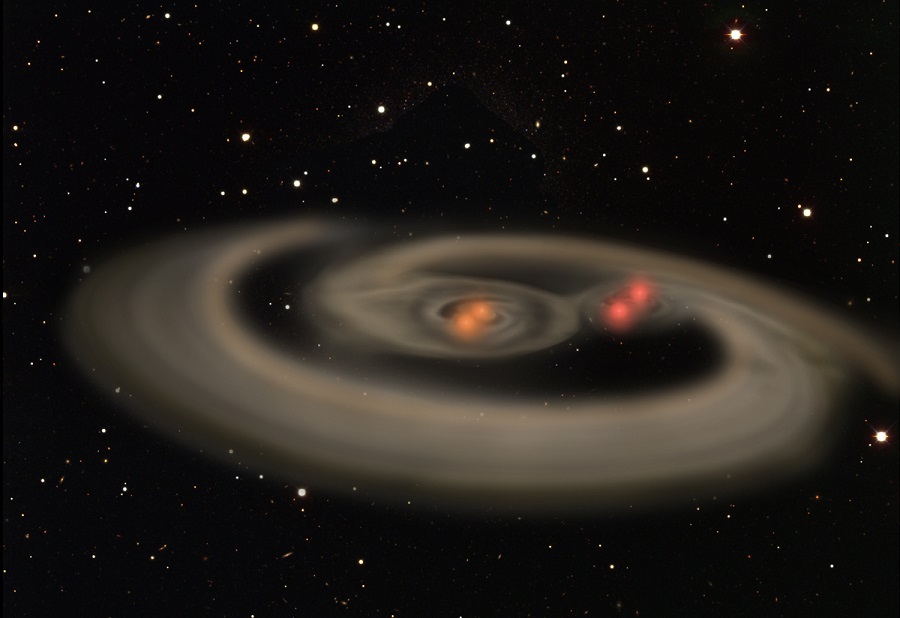Binary systems consisting of two pairs of stars orbiting each other can rapidly evolve into supernovae. The scientists came to this conclusion by analyzing the movement of components in the HD 74438 system.

Observation of the HD 74438 system
The HD 74438 system was opened in 2017. They did it using the Gaia telescope and immediately attracted the attention of observers. Subsequently, spectrographs located in New Zealand and South Africa were observed.
This system is a “quad”. It consists of a pair of stars orbiting each other and simultaneously around another close two. Subsequent studies have shown that HD 74438 is the youngest among all such systems. It was born only 43 million years ago as part of the scattered cluster IC 2391.
In addition, this system is the most cramped among all similar ones. The outer pair orbits the inner pair in just 6 Earth years. In a new study published in Nature Astronomy, it is reported that such a system can generate a repeated supernova similar to those formed by the merger of white dwarfs.
“Quadruple” star systems generate supernovae due to complex interactions
HD 74438 motion simulation shows that the external pair of vision in it gravitationally affects the internal one. Therefore, the orbit of the second two becomes more elliptical, elongated. This can cause multiple collisions and mass exchange between the luminaries. And these events can lead to a thermonuclear explosion, known as a type Ia supernova flare.
Usually, supernovae of this type flare up in close pairs, where at least one of the stars is a white dwarf. Especially bright are the events of the collision of two dead luminaries, the mass of which is approaching the border of Chandrasekhar. In this case, the flare after their merger generates a neutron star.
According to phys.org
Follow us on Twitter to get the most interesting space news in time
https://twitter.com/ust_magazine
